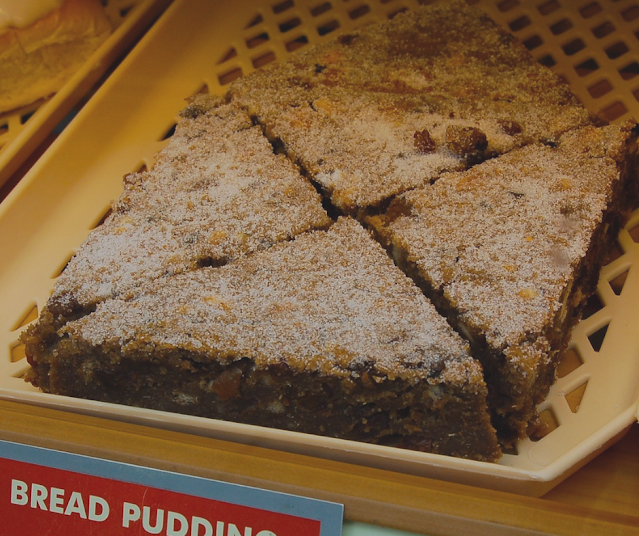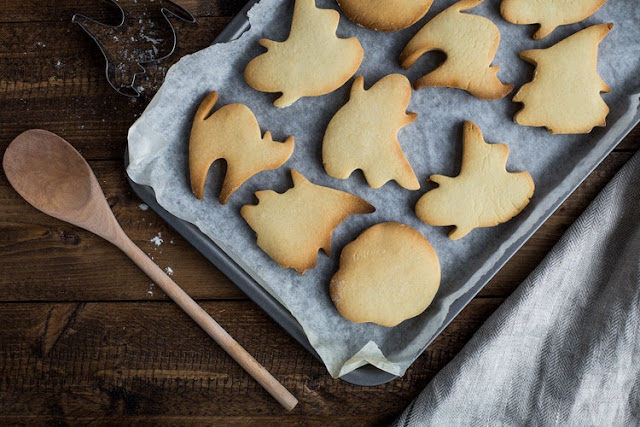Chutney in the Cuisines of India
This post contains Affiliate Links. Please see my Disclaimer for more information/ Chutney
Have you tried chutneys?
Chutney is a condiment made from a mixture of fruits or vegetables, spices, and special ingredients that are cooked slowly creating a thin or chunky consistency.
While it resembles jams, chutney is different as it is more on the savory side which Indians use to balance a dish or provide a spicy and hot flavor to food. Chutney came from the Indian word chat which means "to lick" characterizing the lip-smacking sound made upon tasting food with a strong flavor.
Sweet or spicy, this condiment is becoming more and more popular, but some people don't know exactly what it is. Let's say chutney is great alongside your favorite roast.
Where Did Chutney Began
Originating in India back to 500 BC, chutney is a simple spiced sauce made by grinding fresh ingredients together. The tradition carried the sauce prepared similarly to pickles so it can last for more days or weeks.
During the colonial regime in the 1600s, the British brought the spiced chunky condiment (mostly mango chutney in sticky syrup) to England and France. It then spread to the whole European empire reaching Africa and the Caribbean.
"Vinegar was added to the recipe for an English-style chutney that traditionally aims to give a long shelf life so that autumn fruit can be preserved for use throughout the year (as are jams, jellies, and pickles). Indian pickles use mustard oil as a pickling agent, but Anglo-Indian style chutney uses malt or cider vinegar which produces a milder product that in western cuisine is usually eaten with a Cheddar-type cheese or with cold meats and fowl, typically in cold pub lunches." Wikipedia
 |
| Mango Chutney/ A Wikimedia Photo |
In the late 1800s, chutney has become popular in Europe and North America using local farm-grown ingredients and other unripe fruits as a substitute to mango, until stored chutneys became a favorite condiment for meat and fish.
Chutney took take-off fame in the 19th century as plain homemade jams boomed into spiced fruit and vegetable. Jam-making expanded this combination in sugar and spices creating a conventional blend of flavors from mild, sweet, sour, or super spicy, making it a well-acclaimed accompaniment to the main dish.
How to Eat Chutney
Taste in chutneys is derived from the natural interaction of fruit acid and essences coming from the various ingredients used. The uniqueness of its taste and flavor depends upon the kind of fruit or vegetable selected for the pairing and textures that range from smooth to coarse chopped preserves and pickles.
 |
| Most common chutney in South Indian Homes |
If you're a spicy food lover, have you tasted the fiery and sweet tangy red chili coconut chutney? This recipe is common in most Indian homes. While the Indians treat chutney as a savory accompaniment to just about anything - chicken, meat, crackers, sandwich, burger, and all the food they can think of - it is famous to go well with curried dishes.
Chutneys make a perfect accompaniment to foie grass or fish with rice. May be served cold or warm and can be used to enhance the flavor of mayo-based salads and casseroles. Chutneys are the best condiment to roasted meats, great when drizzled over greens, risotto, or polenta, best for marinades or poured over fresh fruits or even ice-creams.
Spicy Mango Chutney
Get the recipe from Chili Pepper
The sweeter ones make an interesting spread on bread and pastries. To suit any taste, they cover a dip of oriental cuisine and Mediterranean touch for a fuller spread of a spicy gastronomical delight.
Storing the Delight
To keep chutney fresh and safe for a few weeks, store it in jars with tight-fitting lids to reduce exposure to air microbes. Refrigerate.
Glass Fermentation Weights for Making Pickles, Sauerkraut, and other fermented food.
This (photo above) is an example of a seasonal glut of fruit and vegetable preserved for the colder months. Pot them up prettily! You'll love some easy-to-make chutney recipes, at the BBC Good Food.
Glass Fermentation Weights for Making Pickles, Sauerkraut, and other fermented food.
 |
_____
For the Lover of Indian Cooking - The Perfect Recipe Books
- Kitchen Fundamentals, Vegetable Crafts, Pickling Techniques, & Base Preparations
- Guides on Buying, Storage, Nutrient Saver, & Microwave Oven Cooking
- Features on Spices, Vegetables, Oils, Pressure Cooking, & Substitutes
- Quick Flavorful Plant-Based Dishes Made Easy by Manali Singh, founder of the popular blog Cook with Manali
- Perfect for Specific Diets or Anyone Who Wants to Include More Plant-Based Meals in a Weekly Rotation
- Recipes & Reflections on Indian Cooking - William-Sonoma Award
- A Used Book in Good Condition. Shows Typical Wear







Comments
Post a Comment